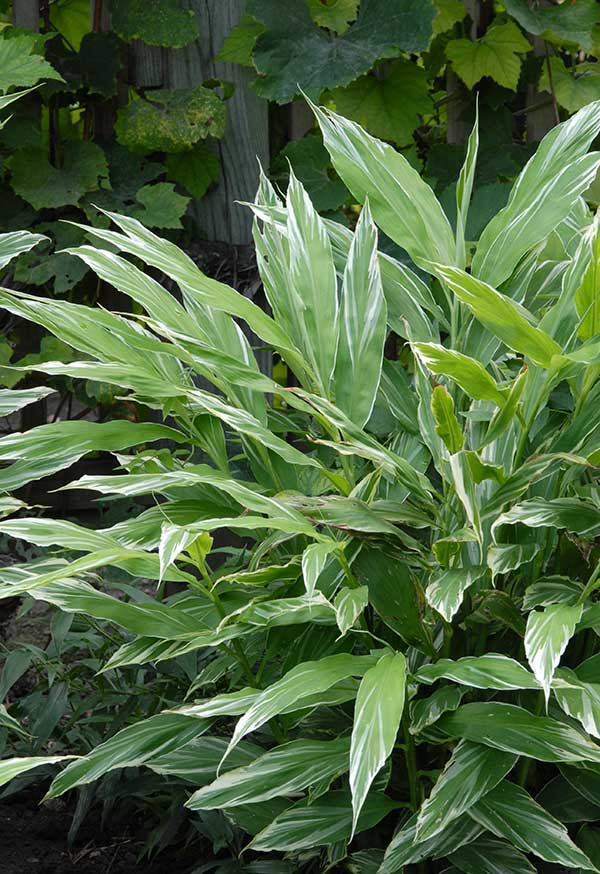Ginger is recognized for its exceptional medicinal and culinary properties, but unfortunately, is a rather expensive commodity. If you want to grow your own ginger, either to save money or for the fun of it, the technique is relatively simple, even if you live in Northern USA or Canada!
Growing Tropical Ginger in a Container
To grow ginger, you only have to buy a flesh rhizome from a supermarket or a health food store. Plant the rhizome in a large container filled with a rich potting soil made of compost and sphagnum peat moss. Be sure to place the rhizome on top of the soil mix, so that its upper side is slightly out of the ground.
A ginger rhizome will only grow a few leaves that will reach about two to three feet in height. A 40 cm (16”) pot easily holds three to four average rhizomes.

Canada wild ginger credit Albert Mondor
Ginger planting is ideally done outside in late spring or early summer, but can also happen indoors in late winter or early spring. It is essential not to leave this tropical plant out during the cold season because it cannot withstand temperatures below -10ºC or 14°F (zone 8). Once fall begins, bring your potted ginger into your house and place it somewhere with filtered sunlight.
Ginger is a tropical plant that loves the heat (22-25°C or 71-77°F) and constant humidity. However, to keep it from rotting, do not give it too much water before it has taken root. During this period, water only when the soil surface is dry. When the stems fully develop, you can give it a drink more often – up to two times a week.
After about four to five months, you can start stealing little bits of rhizomes from the plant. Do this by carefully snapping out some pieces at the side of the clump. Keep in mind that the flavor of the young ginger is never as strong as the mature one. The best time to harvest the whole bunch of rhizomes is eight to ten months after plantation. If you’ve potted your ginger in April, that means it’ll be ready just before Christmas. You don’t have to dig up the rhizomes; just tip out the whole thing.
Growing Perennial Ginger in the Ground
If you prefer to cultivate ginger in the ground, two perennial species do well in northern climates.
Canada wild ginger, also called Canadian snakeroot, is a North American native plant that produces a small rhizome that tastes like Asian ginger. This rather unusual perennial bears a strange solitary brown-colored flower which can be found by spreading out its velvety, heart-shaped leaves.

Canada wild ginger credit Albert Mondor
Hardy in zone 3, Canada wild ginger forms a very dense groundcover that grows to 20 cm (7.8”) high if planted in rich and moist soil in partial or full shade. In my garden, where it is planted under mature spruce trees and Norway maples, it does very well. Robust and vigorous, this plant resists the worst conditions: dense shade, drought, and competition with the roots of mature trees do not prevent it from establishing itself.
The other perennial ginger that grows in northern areas is a close relative of the Asian ginger. Coming from East Asia, Japanese ginger is hardy in zone 4 and can grow up to 80 cm (31.5”) high. Apart from its rhizomes, its stalks and flowers are also edible.

Japanese ginger ‘White Arrow’ credit Albert Mondor
A Japanese ginger cultivar named ‘White Arrow’ can be distinguished from the species by its green and white lanceolate foliage. I planted it in my Japanese inspired garden recently, and it successfully survived two winters. It is best grown in the shade or part shade in a moist but well-drained humus-rich soil.